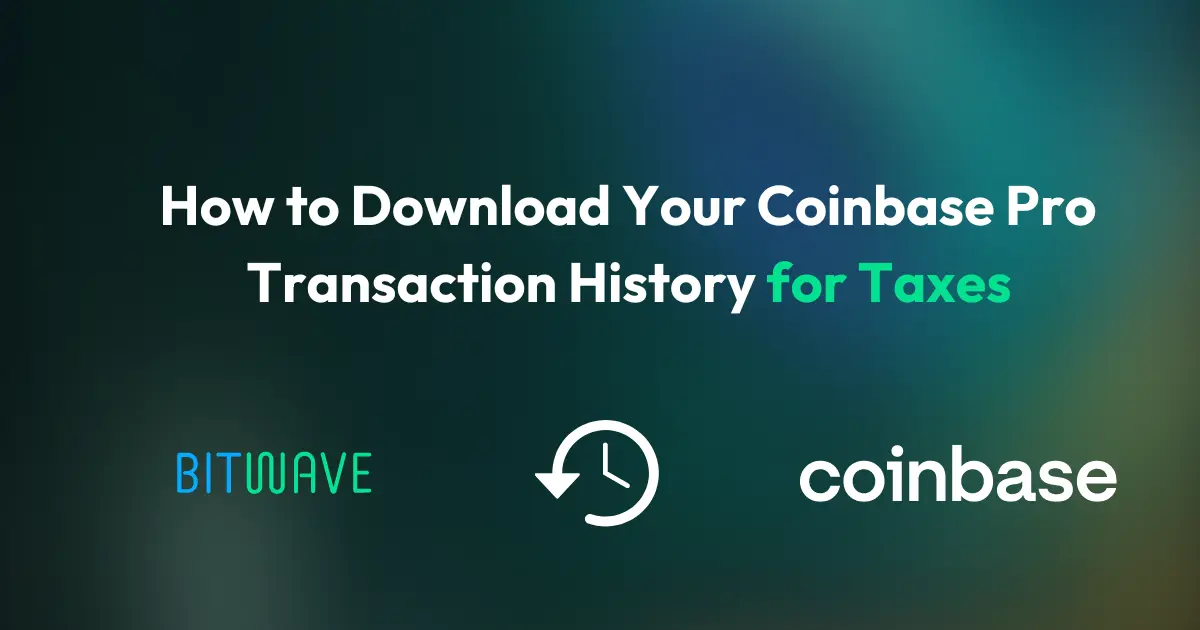
Non-fungible tokens (NFTs) were the dominant crypto trend of 2021. And while most may think of NFTs as ownership instruments for JPEGs, they are quickly finding novel, real-world use cases, as well.
Unfortunately for investors, creators, and resellers, nothing screams “real-world” more than taxes, and NFTs introduce a lot of complications and gray areas for organizations reporting taxes. This article tries to answer 5 questions surrounding these issues and determine their implications for NFTs for the upcoming tax season.
1. If my business holds an NFT for an extended period, is it a collectible or an investment?
This question can mean the difference between a 28% collectible tax or a capital gain rate of 20%. And in this case, the intention behind the purchase is the key factor.
For example, if your company trades hundreds of NFTs a day on OpenSea, it is an investment. In contrast, it is likely a collectible if it was purchased as a statement piece to showcase for social media followers.
2. Is my business the principal or the agent?
The answer to this question tells you how to book and recognize gross vs. net revenue.
Generally, a principal provides goods or services directly to the end customer, while an agent arranges for another party to provide them to the end customer. So in the world of NFT’s, if your organizations create and sell them, you are the principal. But, if you run a marketplace, you may be the agent.
Secondary sales bring another interesting question into the mix: who has dominion of control over the smart contract? If there's no custody, and you're just connecting buyers and sellers, it's actually pretty straightforward – but running an exchange complicates things considerably.
So, for example, when users attempt to resell an NFT on an exchange, they lock ownership into a smart contract so that the only way to transfer it in this situation is when it's sold. This brings up interesting questions about inventory - if you’re running a marketplace, are you inventorying the NFTs you’re selling if you’re taking control of them in a smart contract?
3. If my business created an NFT, how do I calculate gross margins?
Let’s return to the physical art analogy for a second here. In this example, calculating gross margins would be akin to the costs associated with a painted work of art.
First, you have to consider overhead. This can include things like:
- An immediate guarantee to the Creator that's involved
- Creative costs: the purchase or license of music, Adobe Photoshop, etc.
- Infrastructure: gas fees and holding costs l costs involved with the creation of the NFT like photoshop subscriptions
4. If you sold an NFT, do you collect sales taxes? And if so, where?
The short answer is yes, depending on where you live. So far, 32 states have introduced legislation to start collecting sales taxes on NFTs.
But what if you can’t determine where the buyer is? In that case, it may be best to default to your organization’s home state’s tax rates. In any event, the is precedent for this approach.
Amazon’s tax remittance policy is the model to follow, as the online retailer has processes and systems which apply taxes to their online transaction. They also have policies that ensure sellers on the platform pay taxes where they have the most significant presence.
Because this area is new and evolving, we recommend using third-party software to ensure that state taxes are collected and paid.
5. How will the new infrastructure bill impact taxes?
The Biden Administrations' new infrastructure bill is broadening the definition of a broker as a person who regularly provides a service effectually transfers digital assets on behalf of another person. And there are going to be reporting requirements that will include cost basis and transfers between brokers and nonbroker addresses.
These changes will go into effect on January 1, 2023, so check back in next year for extensive coverage.
Bonus: How do I value NFTs?
Generally, most value NFTs employ one of two methodologies to price them out:
- Use the floor pricing from an exchange. This is the most conservative method because the NFT purchased may have distinguishing features that separate the price.
- Use the underlying asset they paid for the NFT. For example, if the NFT was purchased for 99 ETH valued at $1000 each, if the price increases to $2000, they believe they are sitting on a $100000 gain.
However, it is important to note that from an accounting perspective, you should carry them at cost on the books, and the price would not move up or down until sale.
Save yourself a headache with Bitwave
Did your organization participate in 2021’s NFT market? Bitwave offers full NFT support so that you can track them for trading and balance sheet purposes. While the space is evolving every day, we’re working diligently to provide our customers with the tools to stay on top of NFT-related taxes, so you don’t have to.

Disclaimer: The information provided in this blog post is for general informational purposes only and should not be construed as tax, accounting, or financial advice. The content is not intended to address the specific needs of any individual or organization, and readers are encouraged to consult with a qualified tax, accounting, or financial professional before making any decisions based on the information provided. The author and the publisher of this blog post disclaim any liability, loss, or risk incurred as a consequence, directly or indirectly, of the use or application of any of the contents herein.
.png)






